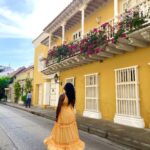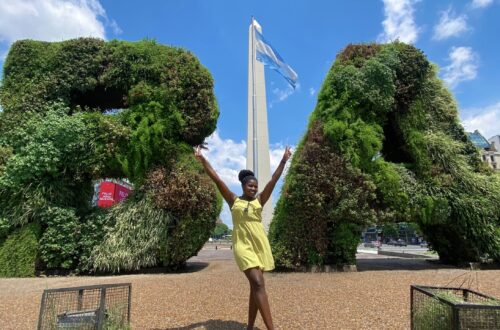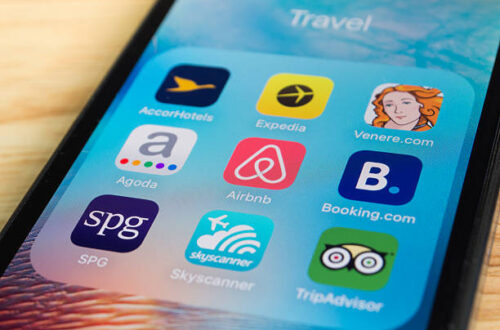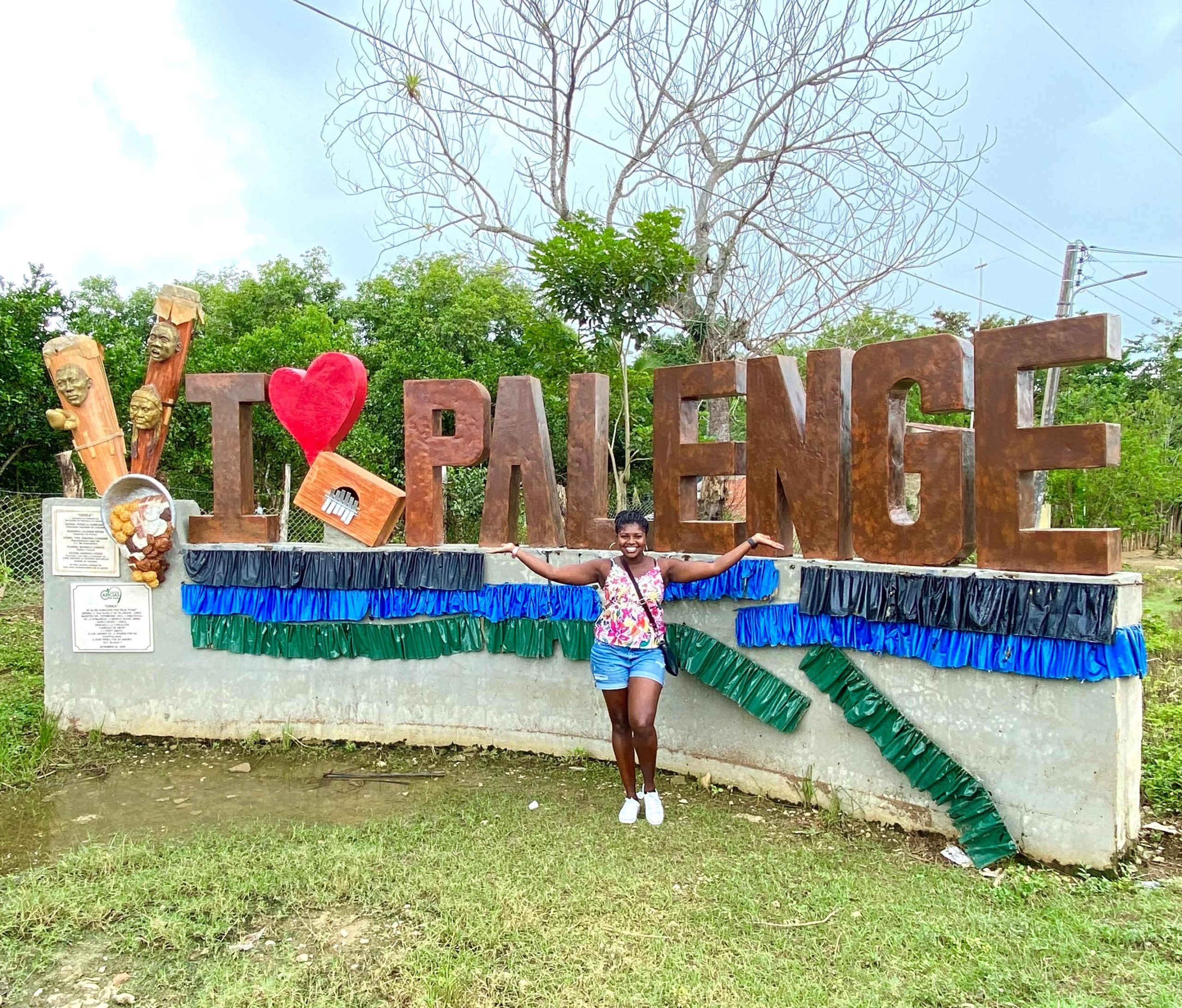
What I Learned in Palenque, Colombia
The First Free Town Established by Former Slaves
They say, history is written by the victors. So it’s no secret it isn’t accurately taught. We all know the basics of the slave trade. But as a black person in the United States, I often feel shortchanged on the full story. In the US, we know Harriet Tubman helped free hundreds of slaves. That’s usually where the story ends. But what happened when they reached the north? And what about the ships that went other places? During my two weeks in Colombia, I visited San Basilio de Palenque and was fortunate enough to learn more of the African Diaspora. I felt this tour definitely deserved a read of its own.
The Tour
Let me begin by acknowledging Experience Real Cartagena. Plenty companies offer tours; but I wanted to book with Afro-Colombians who actually know the people, know the area and aren’t just reciting facts. The companies’ motto is “Let a Black Man tell you Black History.” They made sure the tour was a unique and authentic experience. Hotel pick up was at 9am and the tour included lunch and hotel drop off at the end of the day. Our small group of less than 10, led by our host Bori, started the hour ride to San de Basilio.
The Town
Palenque, Colombia, a town of about 3,000, is recognized as the first free city established by runaway slaves in all of the Americas. Although several villages were established by former slaves, Palenque is the only one remaining. What I found most amazing about this city is that the original residents freed so many Africans enslaved in Cartagena, they were offered their official freedom from the Spanish Crown in exchange for not freeing anyone else.
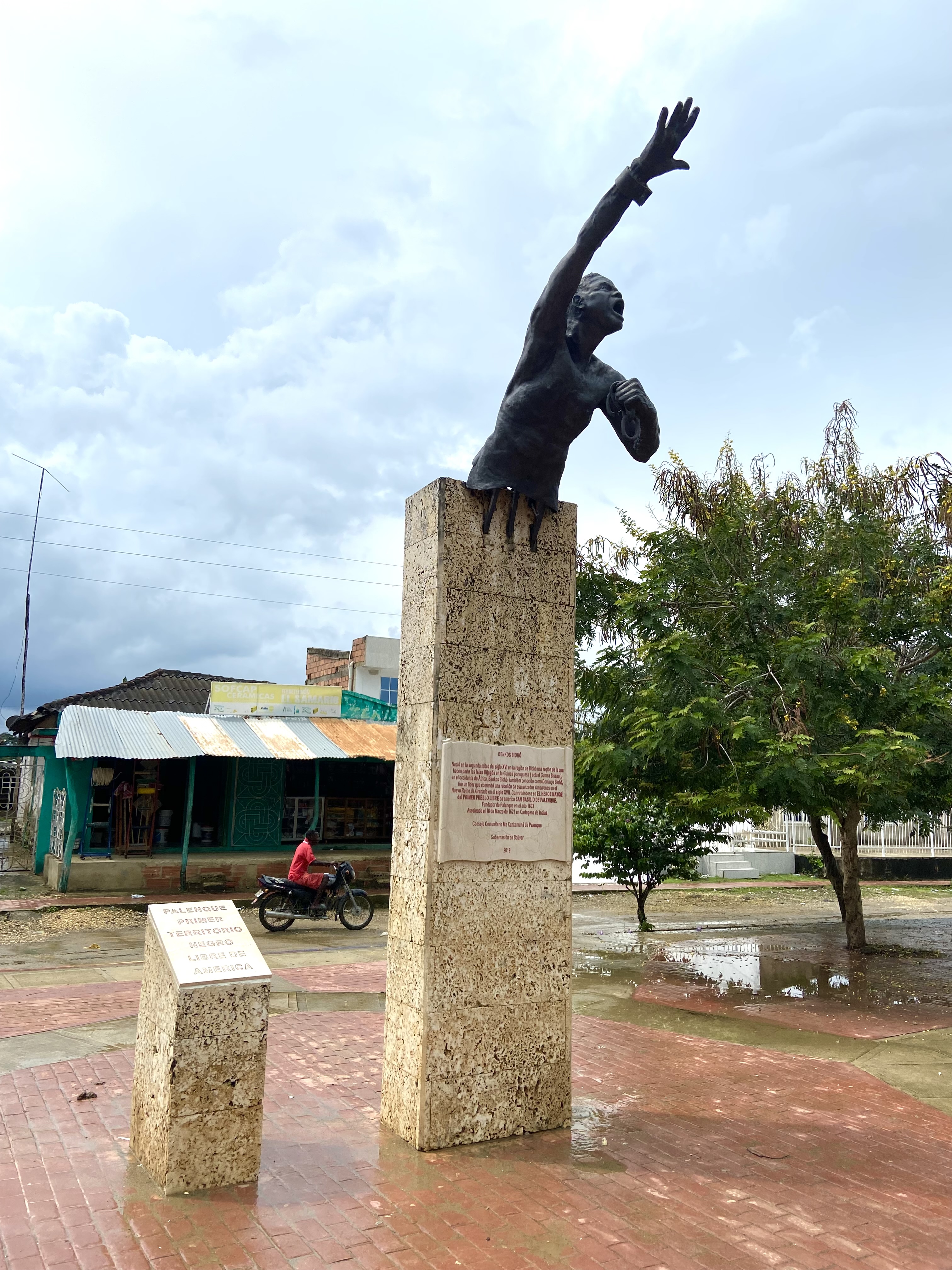
The history is so deep that they still speak their own language. Grasp that. Palenquero, a blend of Spanish and Creole is only spoken here. Because of this, in 2005, it was declared a Masterpiece of the Oral and Intangible Heritage of Humanity by UNESCO; stating the community must be protected for preserving this endangered language. The level of historical preservation is unreal. During slavery, different styles of braids, twists, etc. each had different messages. For instance, there were styles to signal a person wanted to escape or that a group departure was happening soon. They still practice that tradition of carrying messages here today.
This town is also home to the famous Palenqueras, the gorgeous women you see around Cartagena wearing the colorful skirts with fruit baskets on their heads. They used to make the walk to Cartagena to sell produce and other goods. In recent years though, they make profit from tourists’ tips for photos. I was also able to visit a local school and take part in etnoeducativa; ethnic education, cultural dances, visits to local homes and kitchens. The students dancing below are students at Escuela Batata de Palenque, you can see more footage of them on their IG page!
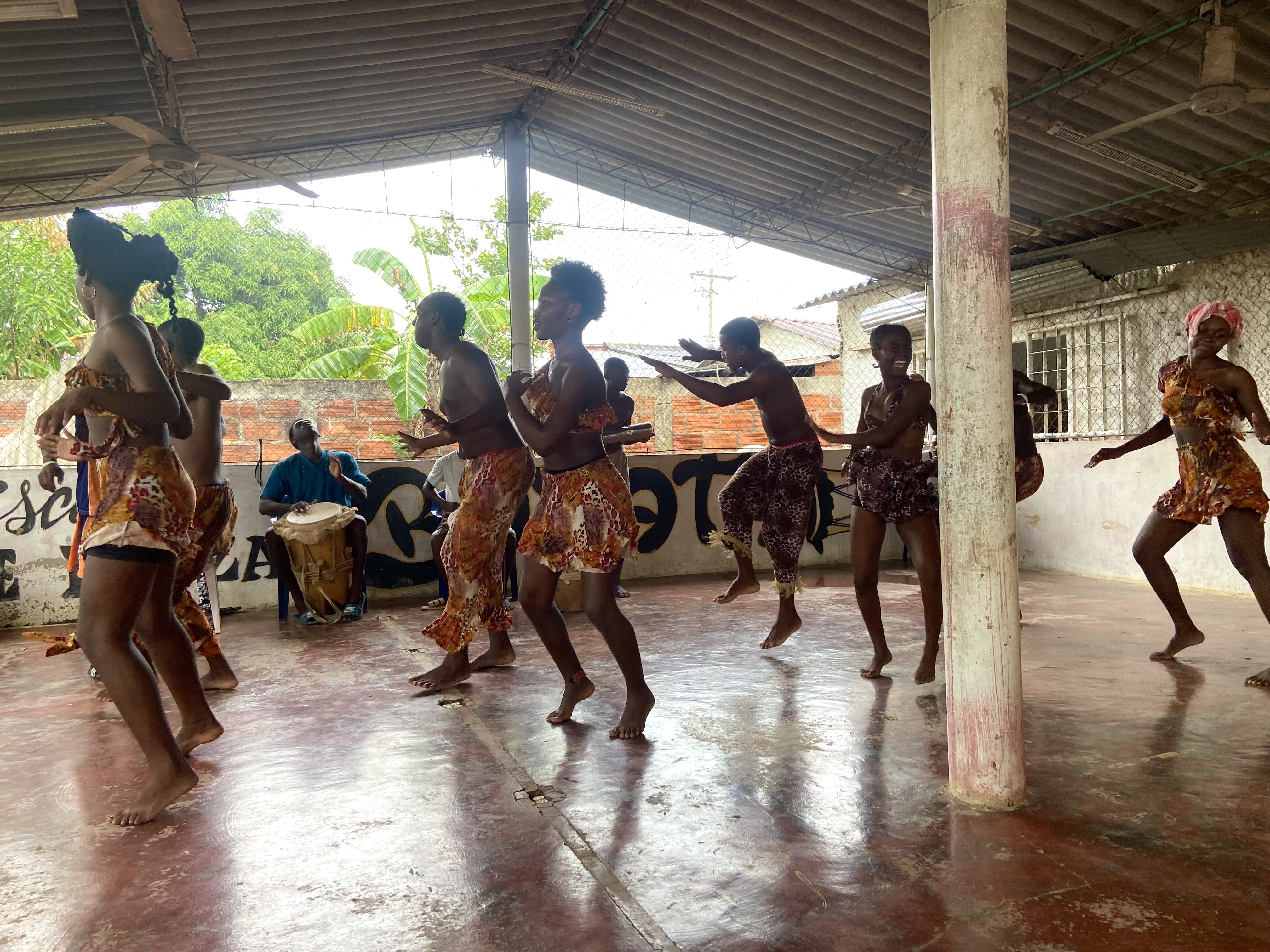
The Recap
It was great that our group was small, because we really got to know each other, and everyone was a part of the experience. To get an authentic look inside the city and history of Palenque, Colombia, be sure to book with Experience Real Cartagena on your visit. This is definitely one experience I will not forget. Bogunga – That’s thank you!!

Looking for more things to fill your Cartagena itinerary? This may interest you!


